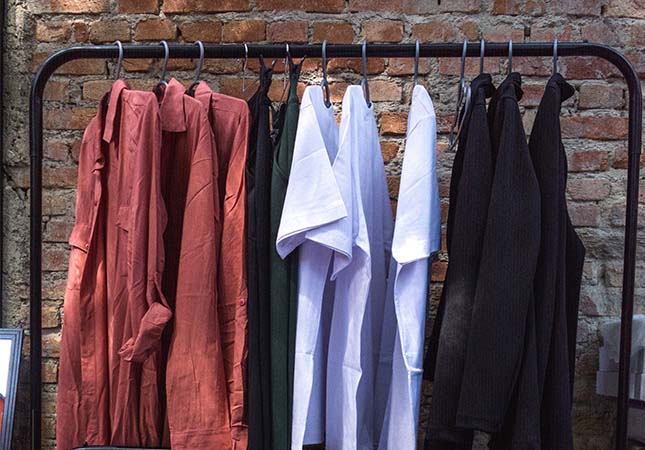With the improvement of consumers' pursuit of clothing beauty, the requirements for clothing colors are also changing from practical to the novel. With the help of modern high-tech of textile machinery such as cloth cutting machine, color-changing fiber materials make the color or pattern of textiles change from conventional "static" to looming "dynamic" effects with changes in light, temperature, and humidity, and have gained rapid popularity in the textile field.

Types of Discoloration Materials & Mechanism of Discoloration
Photosensitive color-changing material is a functional dye that can change color under the irradiation of ultraviolet light or visible light and can be reversed to the original color after the light disappears. Photosensitive color-changing materials mainly include silver chloride, silver bromide, stilbenes, spirocycles, norbornadiene, fulgid anhydride, triphenylmethane derivatives, salicylic aniline compounds, etc. At present, photosensitive color-changing materials have been developed to have four basic colors: purple, yellow, blue, and red. The initial structures of these four optically variable materials are all closed-loop, that is, there is no color when printed on the fabric, and they turn purple, yellow, blue, and red when exposed to ultraviolet light.
Thermochromic Material
The reason why heat-sensitive color-changing materials can change color is that the color-changing body can cause changes in the internal structure, resulting in a color change. When the temperature drops, the color returns. Compared with photosensitive dyes, there is much more research on thermosensitive dyes at home and abroad, especially in the aspect of textile printing, which has achieved certain results, and a series of thermosensitive printing products have come out.
For example, the TC series produced by Matsui Pigment Chemical Industry Co., Ltd. in Japan and the RT series produced in China are heat-sensitive discoloration products. During the wearing process, the fabrics show changeable colors with different seasons, regions, and indoor and outdoor temperatures. At present, the main countries that can produce color-changing coatings and master processing technology are the United Kingdom, Japan, and China Taiwan region.
Moisture-sensitive Color-changing Material
The main reason for the discoloration of humidity-sensitive color-changing materials is that the humidity in the air causes the structural change of the dye itself, thereby changing the absorption spectrum of the visible part of sunlight, and the ambient humidity has a certain catalytic effect on the discoloration of the color-changing body. The main component of the moisture-sensitive color-changing dye color-changing printing paste is the color-changing cobalt double salt, and the color-changing body is firmly adhered to the fabric by an adhesive during application. To make the discoloration sensitive, a certain sensitizer needs to be added to help the discoloration body complete this process, and a certain color enhancer is also added to improve the vividness of the discoloration fabric.
If the color-changing paint in the printing paste is skillfully combined and used for towels, bath towels, handkerchiefs, swimwear, beach clothes, etc., unique printing patterns can be obtained. For example, the Seilkaduel Color produced by Japan Dainichi Chemical Industry Co., Ltd. is white when dry, develops color after wetting, and has reversibility; The pattern disappears.
Manufacturing Technology of Color-changing Materials
In the field of textiles, the manufacturing technology of color-changing materials mainly includes 2 parts: color-changing fibers and color-changing dyes: color-changing dyes applied to textiles are mainly thermochromic dyes, photochromic dyes, and moisture-sensitive color-changing dyes. However, due to the unsatisfactory rubbing fastness and washing fastness of these dyes, in the last century, people introduced microcapsule technology into the preparation of color-changing dyes, which made a qualitative leap in the application of color-changing dyes in textiles. Compared with printing and dyeing technology, color-changing fiber technology has obvious advantages: the fabric produced has good hand feeling, good washing resistance, and a long-lasting color-changing effect.
At present, the color-changing dyes used in dyeing also include spectral color-changing dyes, most of which are cationic dyes and acid dyes. This kind of dye has different reflection peaks in different wavelength bands, thus presenting a significant spectral color change effect, to achieve the effect that the yarn presents different colors under different lights.




